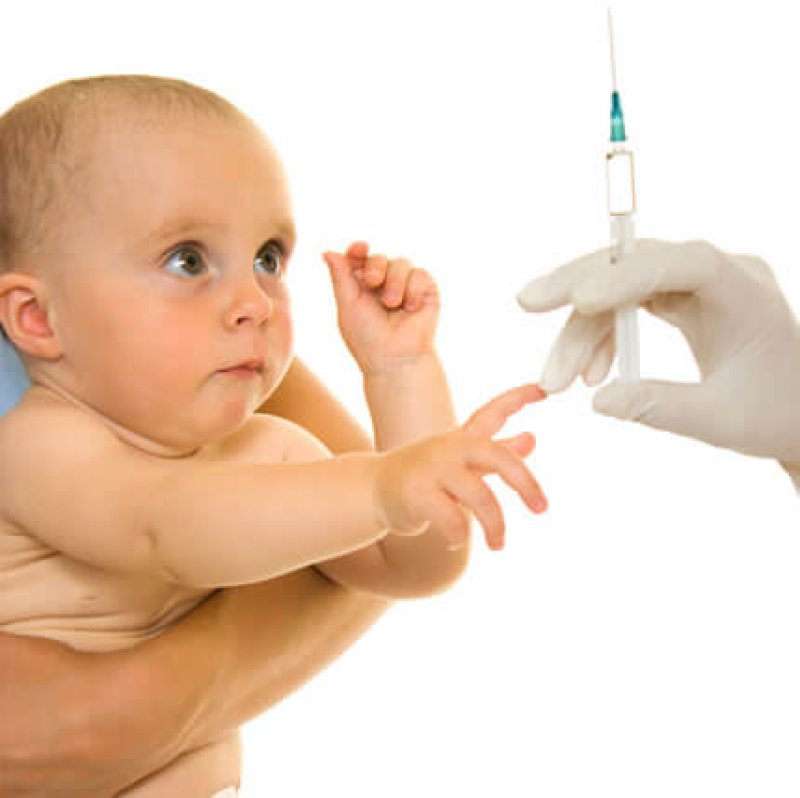When a child develops cystic fibrosis, it’s because she has two copies of a genetic mutation, one from her mother and one from her father. Cystic fibrosis is very rare. Only about 1 in 3,500 infants in the U.S. are affected. But, even more rare are the people who carry two copies of the mutation but never develop the disease.
As Tabitha Powledge reported for this site earlier this year, the Resilience Project wants to find those people who embody the ‘incomplete penetrance’ of genetic mutations: those who have the genetic building blocks for disease but never get sick. The scientists think these individuals might also carry protective mutations that keep them healthy well into adulthood.
So far, the project is looking at more than 100 diseases. But they are extremely rare. Cystic fibrosis is the most common disease under investigation. But, most importantly for the study, they are caused by one or only a few known genes, so scientists know exactly where to look for disease markers in their healthy volunteers. Scientists hope that the study will expand to more common diseases, but the inheritance pattern for these are often very complicated. If Type 2 diabetes, for example, were under investigation, there would be dozens and dozens of genes to look at, and unknown genetic effects and environmental factors to consider.
In order to find these very rare genetic disease markers and an even more rare population of people with the genes but without illness, the project is asking for donations from more than one million volunteers. But why would a healthy adult with no history of disease chose to open himself up to the uncertainty of having their genomes searched, creating the potential to discover serious disease as well the security risk of having their genomes made public?
Software designer Juhan Sonin recently volunteered. He talked with New Scientist about his reasons for participation including protecting his potential children and contributing to the common good:
Ultimately, if we move towards stage-zero detection of illness, then we can concentrate on life rather than worrying about health, healthcare and security. It sounds cheesy and scary – and it is a little. But by diving deeper into genetics in this way, we stand a chance of fighting disease before we even have symptoms. And I’m excited to be a part of that, in some small way.
Sonin and other participants don’t have to be concerned about discovering risks for other diseases, so called ‘incidental findings,’ because the Resilience Project doesn’t test for them. You can see a sample results page at New Scientist. Project directors said that they are working on a system to allow volunteers to opt in or out for future testing of their samples as the study expands to include more diseases.
If you’d like to volunteer for the project, please visit the Resilience Project website.
Additional Resources:
- Crowdsourcing genetic disease: The Resilience Project wants you! Genetic Literacy Project
- The Search for Genes That Prevent Disease, Atlantic
- Want to prevent genetic disease? Study the healthy … right now, TED Talk
































